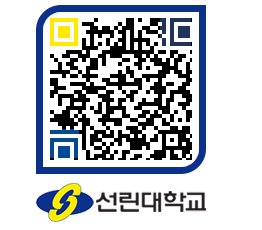파일을 보기 위해서는 Acrobat Reader가 필요합니다.
설치되어 있지 않은 분은 아래 다운로드 버튼을 클릭하여 설치하시기
바랍니다.
모집개요
- 외국인유학생의 글로벌인재양성을 목표로 체계적인 단계별 교육 제공
- 우수한 강사진과 다양한 프로그램을 토대로 효율적인 언어습득 제공
지원자격 및 지원절차
지원자격 : 고등학교 졸업 예정자, 졸업 이상 자 또는 동등 학력 소지자
지원절차
- 지원서 및 관련서류 제출(지원자)
- 서류심사(대학 / 약 2~3주 소요)
- 합격자 통보(대학)
- 수업료 납부(지원자)
- 표준입학허가서 발송(대학)
- 비자신청(지원자)
- 입국(지원자 / 대학으로 일정 통보)
모집인원 및 모집일정
모집인원 : 각 학기별 인원 제한 없이 적격자 선발
| 구분 | 2025 봄학기 | 2025 여름학기 | 2025 가을학기 | 2025 겨울학기 |
|---|---|---|---|---|
| 교육일정 | 2025.03.04.~05.09. | 2025.06.02.~08.08. | 2025.09.01.~11.07. | 2025.12.01.~2026.02.06. |
| 서류접수 | 2024.12.16.~2025.01.05. | 2025.03.17.~04.11. | 2025.06.16.~07.11. | 2025.09.15.~10.10. |
| 합격자 발표 | 2025.01.17. 이전 | 2025.04.18. 이전 | 2025.07.18. 이전 | 2025.10.17. 이전 |
| 등록금 납부 | 2025.01.17.~01.22. | 2025.04.18.~04.23. | 2025.07.18.~07.23. | 2025.10.17.~10.22. |
| 입학허가서 발급 | 2025.01.17.~01.24. | 2025.04.18.~04.25. | 2025.07.18.~07.25. | 2025.10.17.~10.24. |
※ 대학 사정에 따라 일정 변경 가능. 비자 지연 시 해당 학기 입학 자동 취소.
한국어교육과정 목차선택하면 각페이지로 이동합니다.
